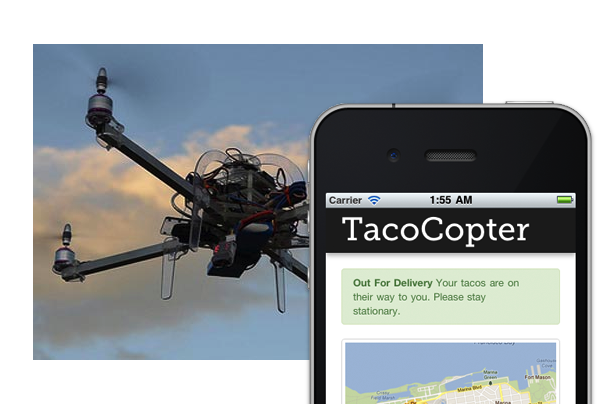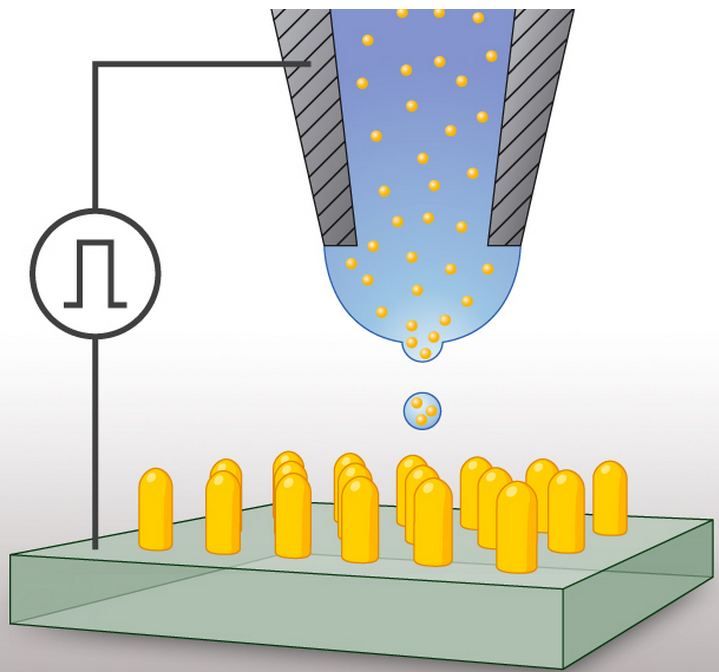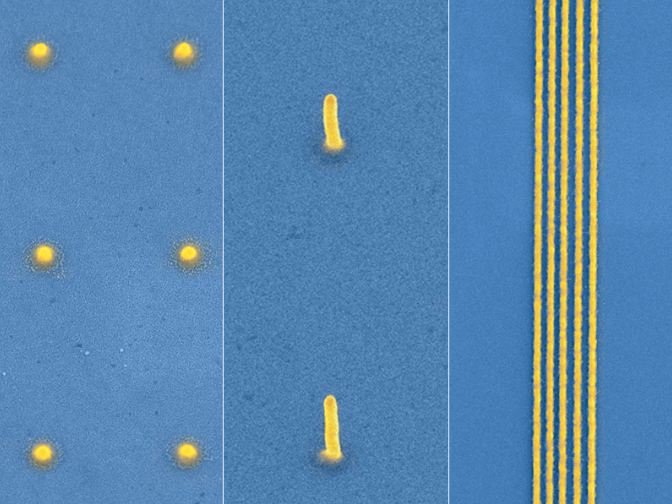Sent to you by Michael via Google Reader:

(Credit: Samsung)
Samsung is getting behind NFC (near field communication) in a bigger way with stickers that interact with your phone.
In a demo, Samsung held the Galaxy S III demo device in front of a sticker, one that happened to be attached to a business card, and contact information appeared on the screen.
These TecTiles, as Samsung calls them, have a tiny nub of an NFC chip embedded within. Like other NFC stickers, TecTiles rely on near-field communication technology to communicate a set of instructions.
The stickers, which Samsung will sell in packs of five at each of the Big Four carriers' retail locations ($14.99), correspond to a free Android app that is responsible for the actual programming. With them, you'll be able to set a TecTile to set your alarm, check into a social network, auto-compose a text to a particular recipient, turn the phone to driving mode, and so on.
In some cases, you can mix and match tasks within the same category, so that tapping the NFC-capable phone to the sticker you've affixed to your bedside lamp turns on night mode and the alarm, and tapping it again toggles them off. Likewise, a TecTile on your car dash may toggle car mode while also engaging Bluetooth for calls.
You can reprogram the stickers to your heart's content, and the free app will work with the Samsung Galaxy S III, Galaxy Nexus, Galaxy S II, Galaxy S Blaze 4G, and Nexus S.
You'll also be able to download and use the app and TecTiles on non-Samsung phones, so long as they're NFC-enabled, like the HTC One X.
With TecTiles, you'll also be able to display a message of your choice on someone else's screen, place a call, launch an app, open a URL, check into Facebook, automatically "like" something on Facebook, follow a Twitter contact, and connect on Linked In, among a few other tasks.
Things you can do from here:















